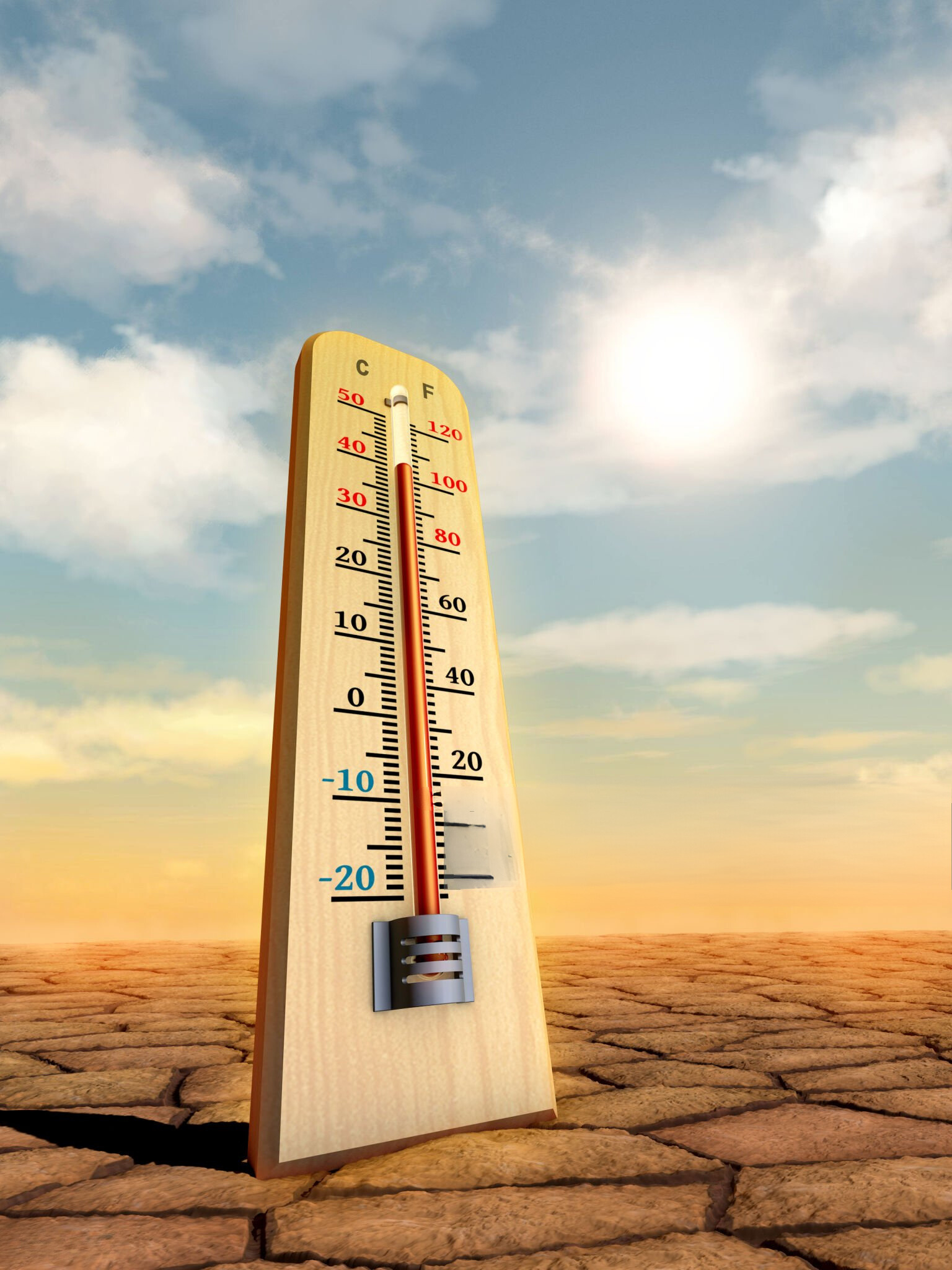Climate change is no longer a distant threat; it’s a present reality that is reshaping our world. One of the most alarming consequences of this global phenomenon is the surge in extreme weather events. From intense hurricanes to devastating wildfires, the impact of climate change is becoming increasingly evident. In this article, we explore the connection between climate change and the rise in extreme weather events, shedding light on what you need to know to navigate this changing landscape.
The Link Between Climate Change and Extreme Weather Events
Climate change is primarily driven by the increase in greenhouse gas emissions, primarily carbon dioxide and methane, from human activities such as burning fossil fuels, deforestation, and industrial processes. These gases trap heat in the Earth’s atmosphere, leading to a warming of the planet. As the temperature rises, it sets off a chain reaction of environmental changes, including alterations in precipitation patterns, sea levels, and the frequency and intensity of extreme weather events.
Rising Temperatures and Intensified Heatwaves
One of the most direct consequences of climate change is the rise in global temperatures. As the Earth warms, heatwaves become more frequent and severe. Regions that were once accustomed to mild temperatures are now experiencing prolonged periods of extreme heat, with serious implications for human health, agriculture, and ecosystems. Understanding the risks associated with heatwaves is crucial for communities and policymakers alike.
More Intense Hurricanes and Typhoons
Warmer oceans provide the energy needed for hurricanes and typhoons to intensify. The increased sea surface temperatures contribute to the formation of more powerful storms, with higher wind speeds and heavier rainfall. Coastal communities must be prepared for the growing threat of stronger hurricanes, as rising sea levels further exacerbate the impact of storm surges.
Changing Rainfall Patterns and Increased Flooding
Climate change is altering traditional rainfall patterns, leading to more intense and prolonged precipitation events. This shift increases the likelihood of flooding in vulnerable areas. Coastal cities, riverine regions, and low-lying areas are particularly at risk. Implementing sustainable urban planning and infrastructure measures can help mitigate the impact of these changing precipitation patterns.
Worsening Droughts and Water Scarcity
While some regions experience increased rainfall, others face more prolonged and severe droughts. Changes in precipitation patterns contribute to water scarcity, affecting agriculture, industry, and communities dependent on freshwater resources. Developing resilient water management strategies is crucial to adapting to these changing conditions.
The Role of Extreme Weather in Wildfires
Rising temperatures, prolonged droughts, and changes in vegetation patterns create favorable conditions for wildfires. The increasing frequency and intensity of wildfires pose a significant threat to ecosystems, wildlife, and human communities. Understanding the interconnected nature of climate change and wildfires is essential for implementing effective wildfire prevention and management strategies.
What You Can Do: Mitigation and Adaptation
Addressing climate change requires a combination of mitigation and adaptation strategies. Mitigation involves reducing greenhouse gas emissions to slow down the rate of climate change, while adaptation focuses on preparing communities and ecosystems for the changes that are already underway. Individuals, communities, businesses, and governments all play a role in fostering a more sustainable future.
In conclusion, the rise in extreme weather events is a stark reminder of the urgent need to address climate change. Understanding the connection between climate change and these events is the first step toward building resilient communities and a sustainable future. By taking collective action to reduce emissions and implement adaptation measures, we can work towards mitigating the impact of climate change and safeguarding the well-being of our planet for future generations.

